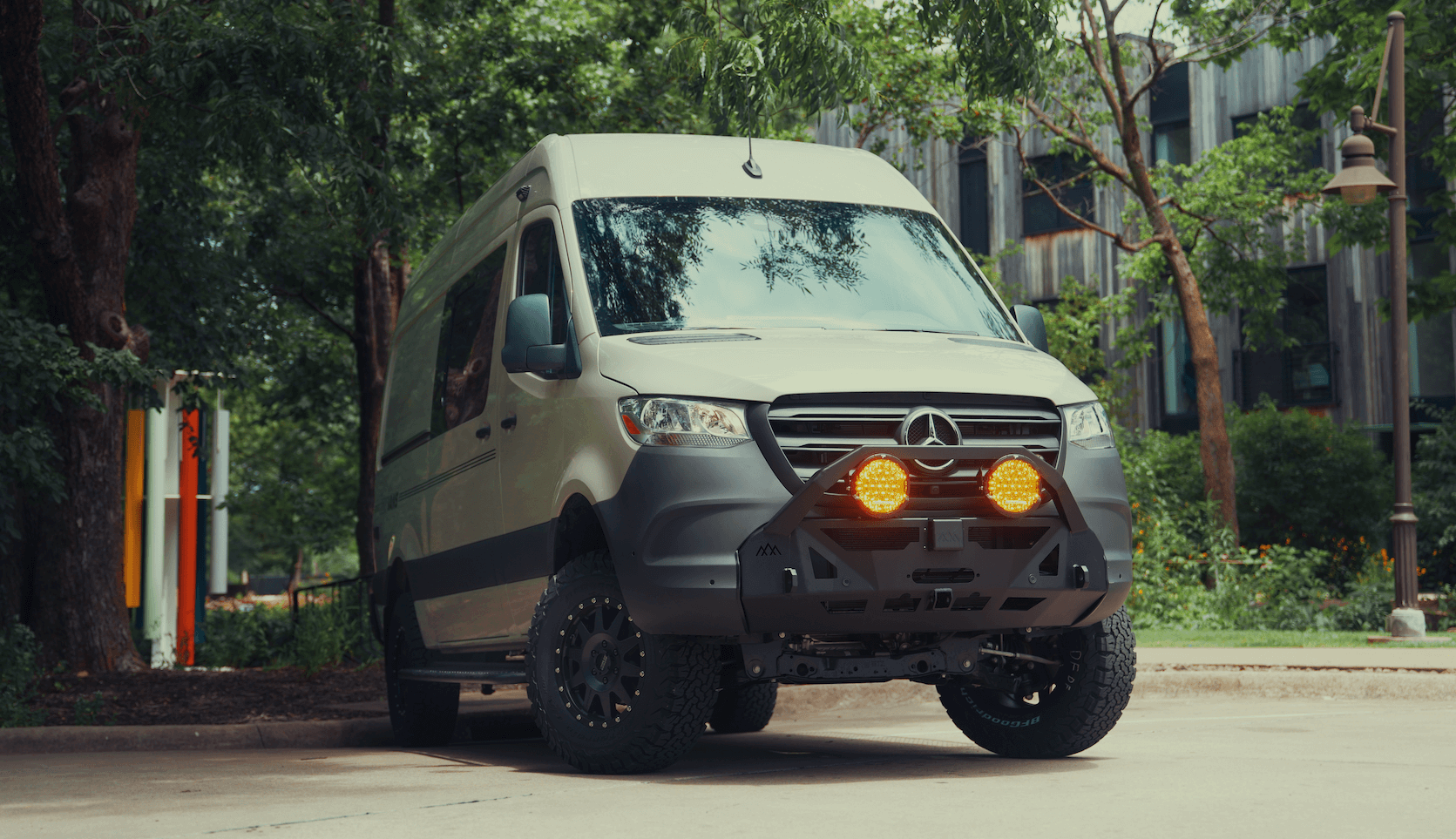Recreational Vans

Choosing induction-safe cookware starts with one simple truth. The pan must be magnetic and flat enough for the cooktop to sense it and deliver even heat. From there, construction details, core metals, and base geometry decide how smoothly your meals come together.
Induction cooking uses an electromagnetic field to heat the pan directly. That means the cookware must have a ferromagnetic layer that the cooktop can detect.
Thermal mass and distribution also play a role. Thick bases smooth out temperature swings when you step power up or down. Thin, flexible bases can cause cycling or noise as the field engages.
Hold a fridge magnet against the bottom of your pan. A strong pull signals a magnetic base that will work on most induction zones. If the magnet barely clings or slides, the pan may be unreliable at low settings or fail to trigger the sensor.
Induction sensors prefer close, even contact. A bowed or domed base creates air gaps, forcing the cooktop to pulse power and sometimes shut off. Heavy, flat bottoms stabilize simmer control and reduce ringing sounds.
Most cooktops need a minimum pan size. Undersized pots can fall out of detection, especially on low power. Match saucepans to small zones and skillets to medium or large zones for consistent results.
Different metals behave differently on induction. The best induction-safe cookware balances magnetic response with even heat.
Disc bonded bases place a thick magnetic plate under an aluminum pan. That can perform beautifully when the disc is wide and thick enough to support the full cooking surface. Fully clad multi ply extends heat spreading up the sidewalls, which helps with sauces and delicate tasks.
PTFE coatings can be paired with a magnetic base, but avoid high empty preheats. Ceramic coated pans with magnetic bases are another option for low stick performance. In every case, base design matters more than the coating.
A faint hum is normal when power levels change. Excessive buzzing often points to a thin base or poor fit on the glass. Heavier pans and silicone spacers on the trivet side of lids can reduce rattles.
Use clean, dry bases and keep the glass surface free of grit. Lift rather than drag heavy cast iron. Soft pads or paper towels under pans are sometimes used for protection, but confirm with your manufacturer to avoid heat trapping.
You can build a reliable induction set with just a few pieces. Prioritize essentials, then expand based on your cooking style.
Choose pans that sit flat out of the box. Test on a flat counter with a flashlight. If you see light under the center or edges, skip that piece.
Induction is precise. Use small adjustments and give the pan a moment to respond. For nonstick, keep preheats brief and cook below smoke points. Cast iron benefits from gradual warmups that prevent thermal shock.
Let pans cool slightly, then wash with warm soapy water. Dry cast iron and carbon steel right away and apply a thin film of oil. Stack with protectors or hang to keep bases smooth and ready for the glass.
Space, power, and storage shape cookware choices in tiny kitchens and mobile rigs. Induction shines here because it is fast, efficient, and cools the space quickly.
If you are planning a mobile galley, pair the right cookware with a cooktop that offers fine low end control and pan detection that suits your typical pot sizes. Good ventilation and smart drawer organizers keep surfaces tidy and travel ready.
For travelers who want induction integrated into a custom rig, sizing the electrical system correctly is the key. Battery capacity, inverter output, and charge sources should support cooking routines without compromise. Storage solutions can be tailored for cast iron weight, lid management, and soft guards that protect glass surfaces.
At OZK Customs, we design and build complete galleys around induction. We set up the cooktop, power system, and secure storage so your cookware rides quiet and cooks beautifully. Explore ideas on our Recreational vans page: Recreational vans. If you want a one of one layout and finish, see our Custom van builds. Looking for a platform that finances before the upfit, view Mainstream vans.
Cook with confidence on the road or at home. Share your cooking goals and space, and our team will design a galley that pairs an induction cooktop with the power and storage it needs. Submit your project details today and let OZK turn great cookware into great meals wherever you park.
Ready to cook clean and fast in your rig or tiny kitchen? Tell us how you travel and we will design a galley with an induction cooktop, safe storage, and the right power system to run it all. Start your build now.
ADDRESS:
6159 E Huntsville Rd, Fayetteville, AR 72701
PHONE:
(479) 326-9200
EMAIL:
info@ozkvans.com